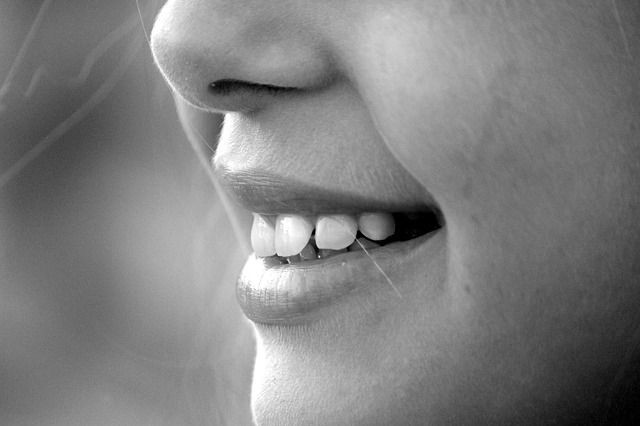Your Sinuses: Surprising Facts You Should Know

The change of seasons from summer to fall mean shorter days, colder nights, and a potentially weaker immune system. During the colder months, headaches, facial pain, and nasal congestion are more common, which means we're plagued by a sinus infection. However, what exactly are sinuses, and why do we have them?
In HowStuffWorks' latest video, “What The Heck Are Sinuses, Anyway?,” host Cristen Conger explains sinuses are arguably our faces' most underrated feature. They are hollow cavities inside our skull and facial bones — and they're weightless, making our heads lighter and easier to hold up. The layout of our sinuses are similar to the foundation of a makeup contouring map.
They're collectively known as our paranasal sinuses. These air-filled pockets are divided up into four pairs: we have a pyramid-shaped sinus in each cheek called a maxillary sinus, which are the largest of the bunch, and are also the most prone to sinus issues; we have a frontal sinus behind each eyebrow; straddling our noses are our honeycomb-like ethmoid sinuses; and finally, a pair of air pockets called the sphenoid sinuses are tucked behind the ethmoids, which are best visible from a side view.
Like proper contouring, we can't forget to blend, because healthy sinuses work together. Scientists are still not sure why we evolved them, but they helpfully warm, moisten, and filter out all of the microorganisms, dust, dirt, and contaminants we breathe. Naturally, sinuses don't want that filtered air gunk hanging out in their hollows, which are lined with a soft, pink tissue called mucosa.
In a healthy sinus, that lining secretes a thin, clear mucus that collects any contaminants we've inhaled. Tiny hairs called cilia act like micro brooms sweeping the mucous toward our sinuses' door-like openings, called ostiums. Mucociliary clearance describes the self-cleaning mechanism of the bronchi.
Cold viruses can potentially damage cilia, inflame sinuses' mucosa, and block the ostium openings. Sinuses often produce more mucus to try and flush out the bacteria if this happens; or if mucus becomes trapped in a clogged sinus with nowhere to go, it can become irritated, which we feel via facial discomfort and other unpleasant side effects including pain, head congestion, and a never-ending cough.
So in short, our sinuses keep us breathing easy.
Published by Medicaldaily.com



























